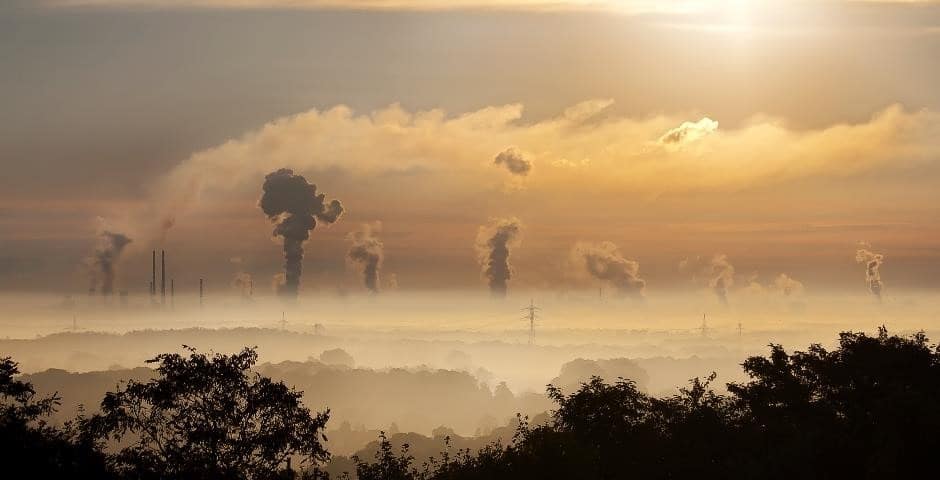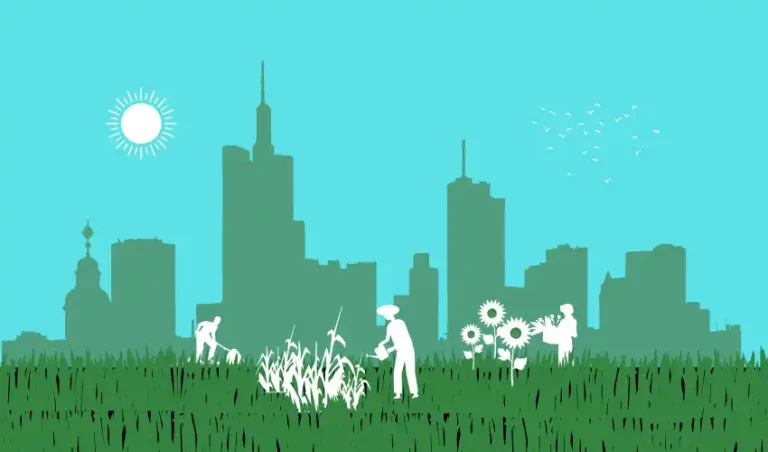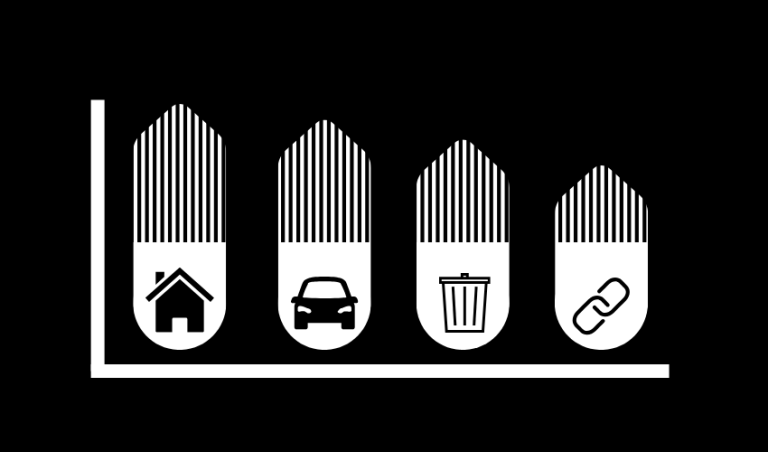Greenhouse Gases In The Spotlight
What are greenhouse gases? Where do they originate from and what impact can they have?
We’ll answer these questions, focusing on five greenhouse gases that are contributing to the rapid rate of global warming and climate change we see today.
What Are Greenhouse Gases?
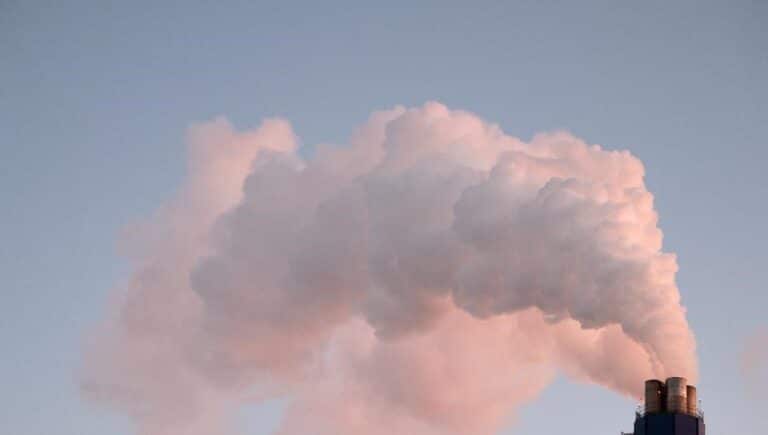
Greenhouse gases make up part of the Earth’s atmosphere. When sunlight hits the Earth, some is absorbed and then emitted back out as heat.
The greenhouse gases trap some of this heat and prevent it heading back out into space. Consequently, heat is retained, keeping the planet warm. This is called the greenhouse effect.
Historically, this greenhouse effect has allowed the planet to stay warm enough for us to live here, but too much greenhouse gas can cause temperatures to rise beyond current levels.
This shift is commonly known as global warming, and leads to climate change.
Global Warming Potential

There are 5 main gases that contribute to the greenhouse effect.
Each of these gases hold a different lifespan in the atmosphere and level of heat they’re able to retain (there global warming potential*). This in turn influences the level of impact they can have when released.
* Global warming potential is measured against the most abundant greenhouse gas, Carbon Dioxide. Carbon Dioxide is assigned a potential of 1 over 100 years, with other gases measured above or below 1 based on the strength of their effect compared to Carbon Dioxide.
The Greenhouse Gases
1. Carbon dioxide (CO2)

Major sources: Burning of fossil fuels (coal, oil, and natural gas) for energy production, transportation and certain industrial processes, Degradation of soils and forests also contribute to Carbon Dioxide release.
Lifespan in atmosphere: hundreds to thousands of years*
Global warming potential: 1
*variable as some carbon will be absorbed into stores such as oceans early in its lifespan, whilst some will not be absorbed elsewhere and remain in the atmosphere for thousands of years.
2. Methane (CH4)
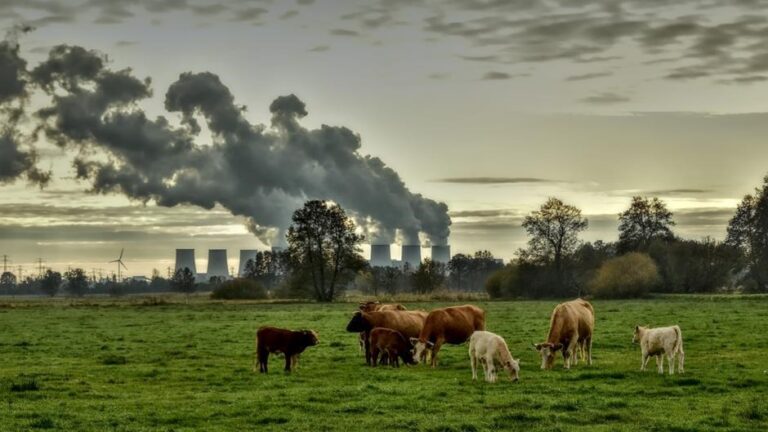
Sources: Landfills, natural gas production and distribution, coal mining, and agriculture (especially livestock and manure management).
Methane escape from melting permafrost, particularly in areas of Russia, Canada and Greenland, is also a major potential source (global warming is leading to permafrost melting). Read of detailed summary of Methane impact here.
Lifespan in atmosphere: 12 years
Global Warming Potential: 27.9
3. Nitrous oxide (N2O)
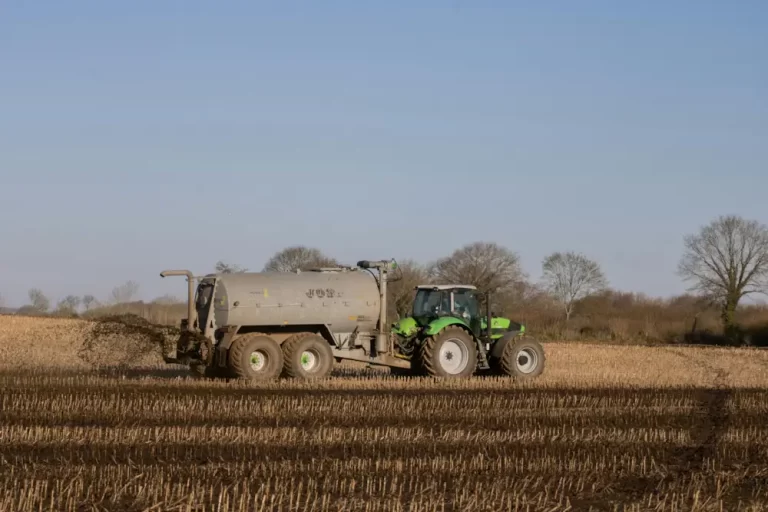
Sources: Agricultural activities, including the use of synthetic fertilizers, livestock manure management, and biomass burning. Other sources include industrial processes and combustion of fossil fuels.
Lifespan in Atmosphere: 120 years
Global Warming Potential: 273
4. Fluorinated Gases
Fluorinated gases (known as F-Gases) are manmade for use in some manufacturing processes and for heat exchange in common equipment, such as refrigerators and air-conditioning. The 4 most notable F-Gases are:

F-Gases are released in far smaller volumes than Carbon Dioxide. However, there global warming potential can be extremely high, measuring in the thousands. Consequently, there use and release is regulated, and of great concern to many.
CFCs have been largely phased out due to the extent of there impact on the Ozone. However, the others remain in use under various forms.

In the case of PFCs and SF6, their need for semi-conductor manufacturing and metals production means they’re here to stay for the foreseeable future.
5. Water Vapour (H2O)

Water vapor is the most abundant greenhouse gas in the atmosphere and is naturally present.
While human activities do not directly emit water vapor, they can influence atmospheric water vapor levels by causing global warming. This warming heightens vapour levels in the atmosphere and impacts precipitation patterns.
Greenhouse Gases and Climate Change
At a basis level, climate is essentially the average weather conditions over an extended period of many years. On a global level the climate largely driven by average global temperatures.
Therefore, global warming can have a major impact on climate.

This change shows itself through a range of factors, including rainfall pattern changes, higher potential for heatwaves, humidity changes and rising potential for higher storm intensity.
The UN’s Intergovernmental Panel on Climate Change (IPCC) advises global temperature increases should be limited to 1.5oc. Limiting increases to this level will stem the most impactful forms of potential climate change.
However, current greenhouse gas emissions leave us on track to reach an increase of 2.7oc. Consequently, this could result in damaging impacts.
Looking to the Future

The risk posed by releasing greenhouse gases is clearly understood by the vast majority of governments, businesses and individuals globally.
Global economies and modern lifestyles are though largely dependant on these gases. This makes change difficult.
Alternatives, free of or less dependant on greenhouse gases are becoming increasingly abundant and affordable.
The global drive towards Net Zero will only help, with huge investment being directed towards reducing greenhouse gas emissions and a growing market for careers combating climate change.
The future is therefore one with far lower greenhouse gas dependency, but the pace of this change needs to increase.

To learn more, consider checking out some of other related posts:
Learn about the primary source of our GHG emissions: Fossil Fuels: An Overview
For the fundamentals’ on Climate Change: Climate Change Made Simple
Taking practical action: Net Zero Business Guide to Getting Started & Make My Home Sustainable
Plus plenty more below!

